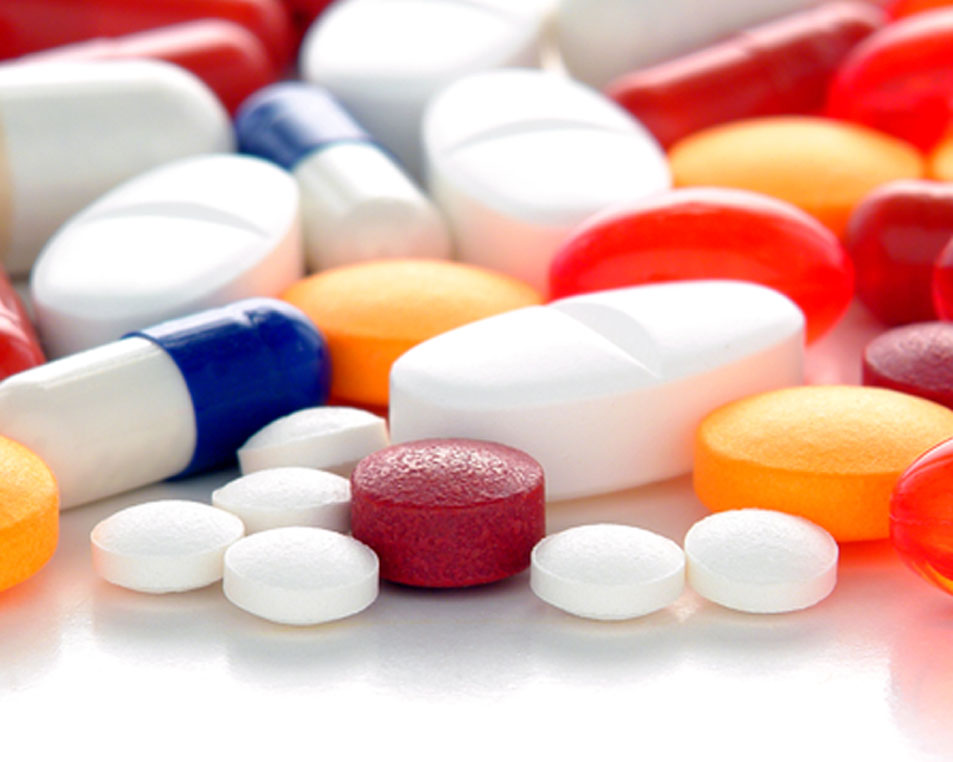
Discover how the rapid detox procedure can safely accelerate the process of detoxification.
Detoxification is often one of the most challenging parts of the treatment and recovery process, especially when making the decision to enter treatment to overcome a dependency on opiates. One method that’s revolutionized the process is a rapid detoxification approach designed to shorten the duration of opiate withdrawal in a safe and comfortable setting.
- Rapid detox is a procedure that’s designed to safely accelerate the process of removing opiates from within the body’s systems with the help of naloxone, which reverses the effects of opioids
- Lasting anywhere from 30 to 90 minutes, the procedure is coupled with monitoring by medical staff
CONTACT US TODAY

How It Works
Rapid detox is a procedure that’s designed to safely accelerate the process of removing opiates from within the body’s systems with the help of naloxone, which reverses the effects of opioids. Lasting anywhere from 30 to 90 minutes, the procedure is coupled with monitoring by medical staff.
Detox and Withdrawal
The rapid detox process also includes the withdrawal process, which takes place while the patient is sedated. Many patients are unaware they have gone through withdrawal at the same time that they have detoxed. Consequently, they’ll wake up with no symptoms of withdrawal and no physical cravings.
Benefits of Rapid Detox
There is often a hesitation to enter treatment for some patients who are addicted to opiates, even among those who have acknowledged a problem and wish to take positive steps to recover, because of the difficulty of withdrawal. Since rapid detox is a process that encompasses both detox and withdrawal, there is no need to delay recovery simply due to a fear of severe withdrawal symptoms.
Part of the Overall Recovery Process
Rapid detox is meant to be the first step in the recovery process for patients. The process offers many benefits for patients looking to overcome an addiction to opiate drugs. The purpose of rapid detox is to place a patient in a position where they are more likely to get the most benefits from the remainder of their treatment. Patients typically undergo a thorough evaluation prior to starting any program to identify potential physical and psychological issues.
Rapid detox is part of a confidential and private approach to treatment that focuses on the patient and their well-being. The after-care process includes careful monitoring in a supervised setting. Rapid detox is available to patients dealing with an addiction to a variety of opiates, including Oxycodone, Percocet, Vicodin, Norco and Heroin.

The Rapid Detox Schedule
Here is a sample schedule describing the rapid detox process:
- Pre-Procedure: Once you call our office for more information, you will have a phone interview and screening, along with an email questionnaire. This is to determine whether or not rapid detox is right for you. You will also have a consultation in our office and will have your medical clearance completed. Some initial tests will be needed, such as blood work, EKG, and x-rays. These tests ensure that there will not be any health concerns during your rapid detox.
- Checking In: You are admitted to our surgical center the night before your procedure, and pre-anesthesia protocols begin with our staff.
- Day 1: The rapid detox procedure begins in the morning. During the procedure, while you are sedated, you will receive opiate blockers, which reduce the effects of opiates in your system. This procedure lasts about one hour. Afterward, you are transferred to a recovery room where you are closely observed until the next day.
- Day 2: In the morning, you are transferred to our residential aftercare center for recovery.
- Days 3 – 4: During your time at the aftercare center, you will see your doctor for a medical follow-up and continue with monitoring until you are discharged.


